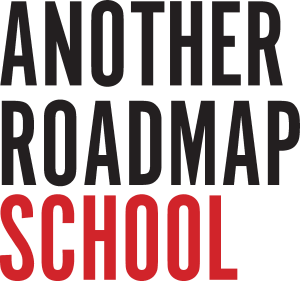By Nana Adusei-Poku
After working/observing and thinking with the Another Roadmap Research teams over the period of three years, I would like to use this opportunity to emphasize the sensitivity with which each workgroup worked on their often very difficult historical material. Many of the sources, visual and textual are carefully used in the learning units to rethink and learn from the past in order to create a more aware and accountable present.
With that said, I have to emphasizes that some of the images, words and perspectives utilized may trigger unpleasant and reproduce violent content, which has to be handled with care and mindfulness in the classroom. A group consisting of people of color has different needs than a group with white participants. This means before applying the learning units, the composition of the group has to be carefully assessed. The units have to be understood as proto-examples of how to engage with the subject matters, yet they may have to be modified depending on the groups composition you are working with.
Because of the diverse histories, contexts and methods, that
Another Roadmap in Art Education
embraced the various contents cannot be accumulated into one narrative nor monolithic history, which means each learning unit deserves attention to detail and yet they are deeply intertwined. These overlaps and connections consistently came to light when the workgroups met. Just to give one example, if you pay special attention to the ways in which art education was propagated on the African continent as a force of progress as in the example of Margaret Trowell and Conrad Murrey, whilst being deeply interlinked and reflected by the idea of child-art in Austria and ideas of the primitive in “Western art history” allows to see the global connections of imperialism, which Another Roadmap aims to challenge and to unpack in order to allow different imaginaries for the future of art education and being together to emerge.
All of these considerations may sound challenging, but in my experience from working with the different groups, it has been a deeply rewarding process. Another Roadmap has taught me that it is possible to make art education and decolonization accessible as a heterogenic project, with different needs, desires and forms of engagement, because there is not a single way but only a continuous struggle.
